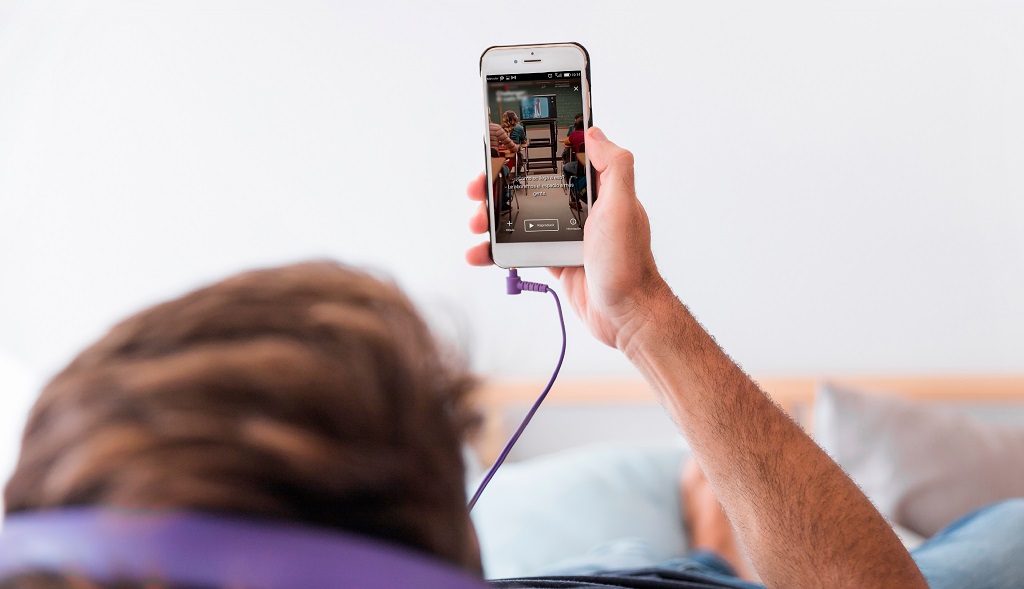If you’re planning a voice-over project, you may be feeling a bit overwhelmed at all the work that lies ahead of you. One of the best ways to efficiently tackle a voice-over project is to have a clear plan in place. These are some of the important elements you need to know about, so you can properly manage a voice-over project from start to finish.
Script

Before you can begin recording a voice-over, you need a solid script. This text document, created for the purpose of a voice-over recording, contains the text that needs to be recorded. A script can also provide additional comments to be taken into account, like special instructions or clarifications for a specific utterance (we’ll dive into this issue further in a minute).
The script can already be in the language you need it to be or you may need to translate it first. For example, if you have already created an e-learning course in English that you want to translate into Spanish, the script will need to undergo translation first. It’s recommended that the client reviews the final translations and approves of the translated script before the recording step begins. This will prevent future updates to the script and recordings.
Synchronization
If your voice-over project corresponds to a video, you’ll need to confirm whether or not the audio needs to be synchronized with the video. This process is referred to as timed vs untimed voice-over and will play a factor in how the script reader paces themselves while speaking. Determining this beforehand can help provide an accurate quote since these two types are quoted differently. Timed-voice is generally a little more expensive because it takes more time to make and to time it perfectly.
Samples
Still, looking for the right voice-over talent for your project? This video shares some helpful tips for finding the right fit!
It’s important that you select the right voice-over talent for your project. Not all voices will necessarily be suitable for your specific type of project, so make sure you align the project purpose with the right voice. Let’s say the target audience of your project are children, then the selected voice should sound appealing to them. In this case, a woman with a soft and soothing voice may be better suited for the job. Requesting samples of the talent’s work will help you gauge whether or not they are the best voice for your project.
File Names and Formats
If you prefer using a specific naming convention, label, or file format, it’s important to stay consistent. Some projects require several audio files to be recorded, which can be challenging to keep organized. Continuing with the example of the e-learning course, you may have an audio recording for each slide. Having a naming convention will enable easy identification and prevent time spent searching for the right file later on.
Instructions or Clarifications
You want your voice-over project to be as effective as possible, so you should always communicate your expectations to the voice-over talent. What might be a given for you, might not be for them. Your voice talent should know your preferred pronunciation for acronyms and special terms, if numbers on a list should be read or not, and if special emphasis is needed somewhere, among other important details. You can create a document with two columns, where the first one contains the text to be recorded, and the second one states any necessary clarifications the voice-over artist talent should be aware of.




















































